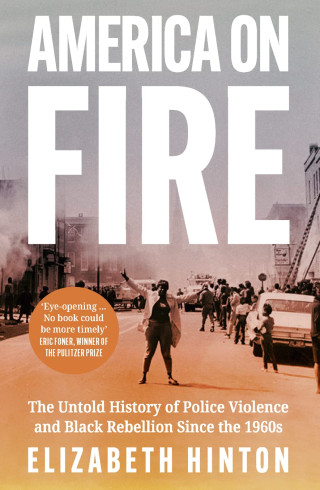My book takes up your question of geographies of Black uprisings through a focus on mid-1960s San Francisco. But let me imagine my younger self zooming out to answer this question during a doctoral examination. How would I map the contours of that story?
For example, a crucial touchstone, perhaps the point of departure, is the Haitian Revolution, the pinnacle expression of Black rebellion. Think about what it meant for Black folks to overthrow slavery, only to be slammed with a hundred-year indemnity, which drained the coffers of Haiti.
HA: Yes, such an important example. It also calls to mind how, in the wake of Kenya’s independence fight, Britain—with the World Bank as intermediary—imposed a two-decade debt. This was to reimburse settler colonists for “lost property.” It’s a transnational geography of the debts of Black uprising, on the one hand, and the annuity stream of whiteness, on the other. It’s not just intergenerational Black debt; it’s also intergenerational white wealth.
DJ: Exactly, exactly. So what if, from our discussion of 19th-century Haiti, we moved to consider the radical posture of Black parents after the Civil War. We could incorporate W. E. B. Du Bois’s argument about the “general strike” as a form of uprising that was decisive to the Civil War. We could think about the insistence among Black people that public school become a universal benefit funded by the state.
We could think about debt financing during the early part of Reconstruction. Some of it led to corruption, to be sure, but public financing during Reconstruction is not a story reducible to corruption. But just as we considered the indemnity on Haiti, we might consider the so-called Redeemers, the folks who overthrew Reconstruction, and how their decisions to repudiate debt haunted southern municipalities well into the 20th century.
So there is another play on, or different flavor of, what Black uprising looks like (a general strike; political governance), with implications for municipal debt. We’ve already gestured toward two other examples in the 20th century, which demands that we consider the relationship between decolonization and indebtedness, at one level, and the modern civil rights movement, the forms of Black protest in the ’60s, and its implications for indebtedness—to place, in other words, decolonization alongside the civil rights movement and to consider the fiscal consequences of those expressions of Black uprising within a transnational geography.

